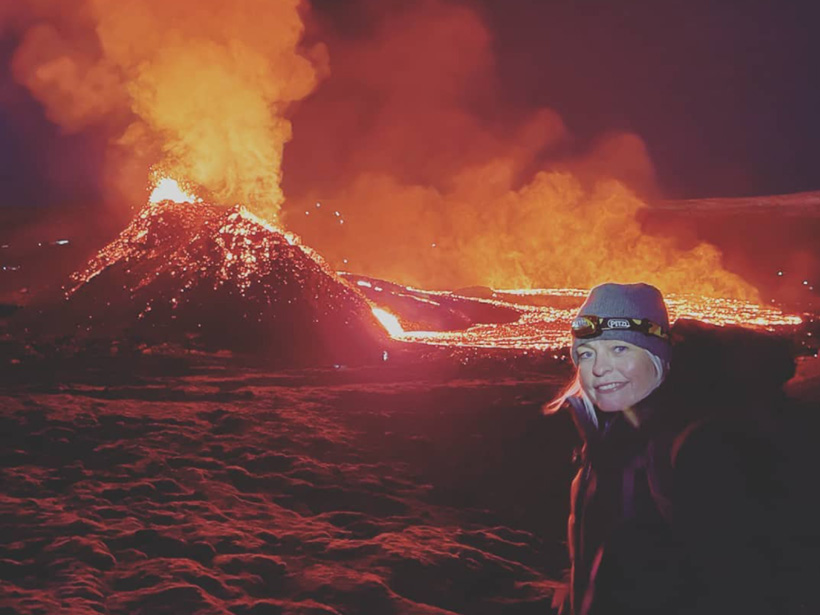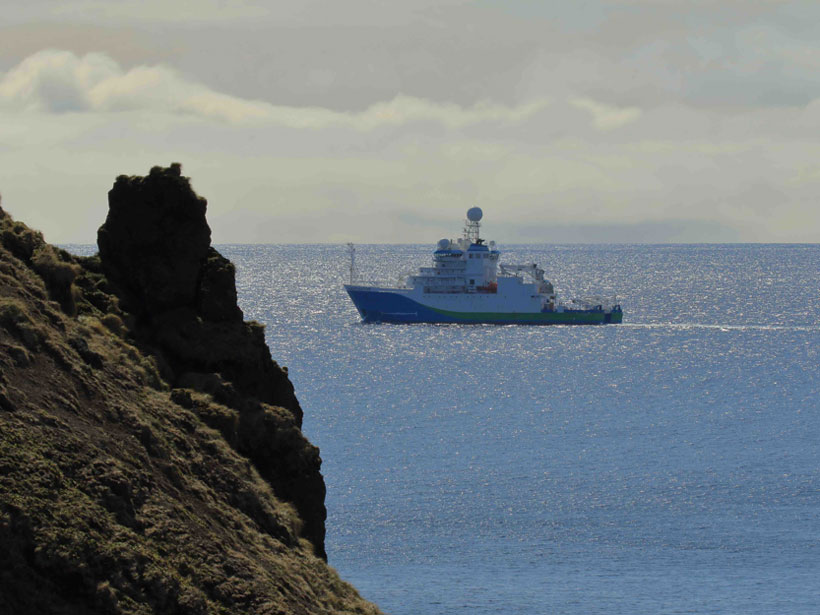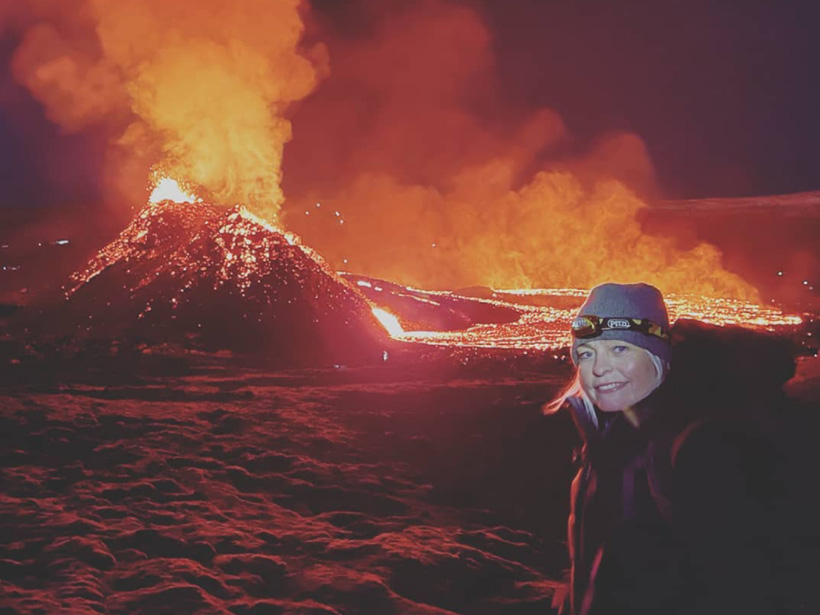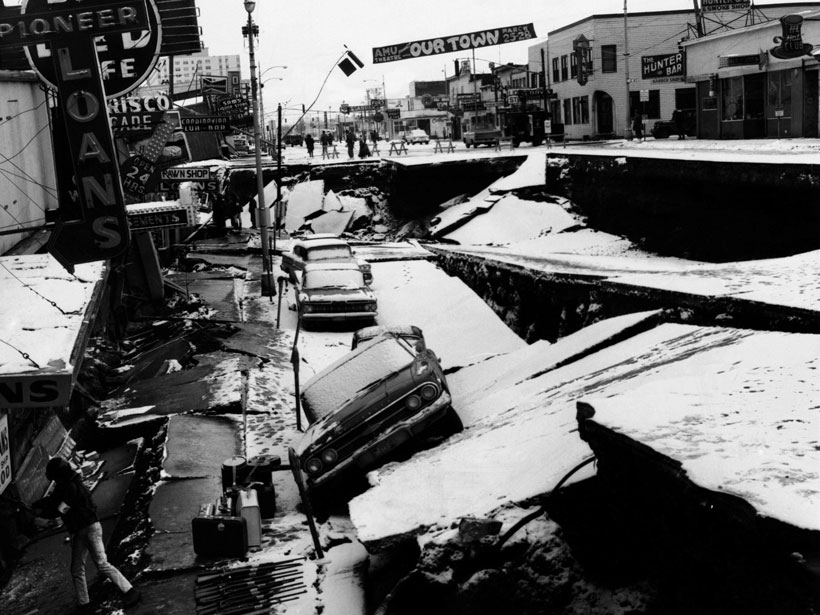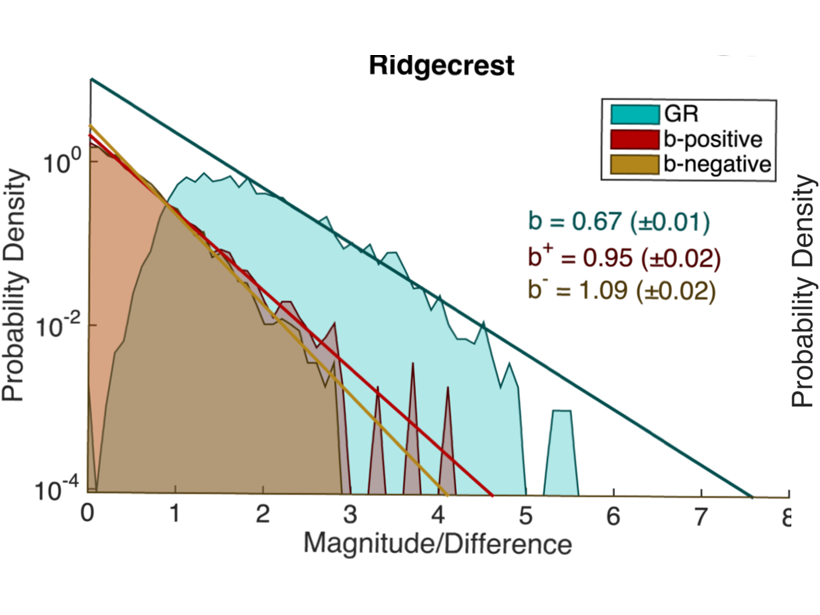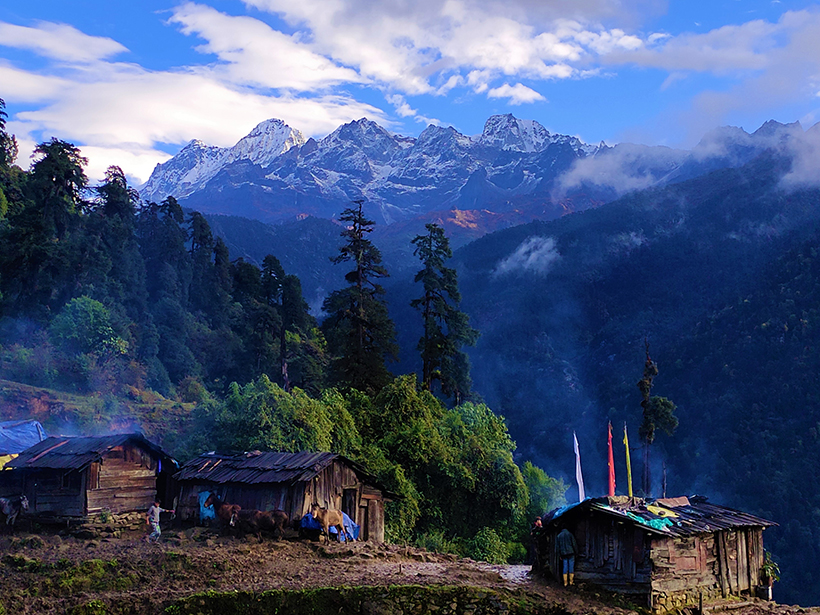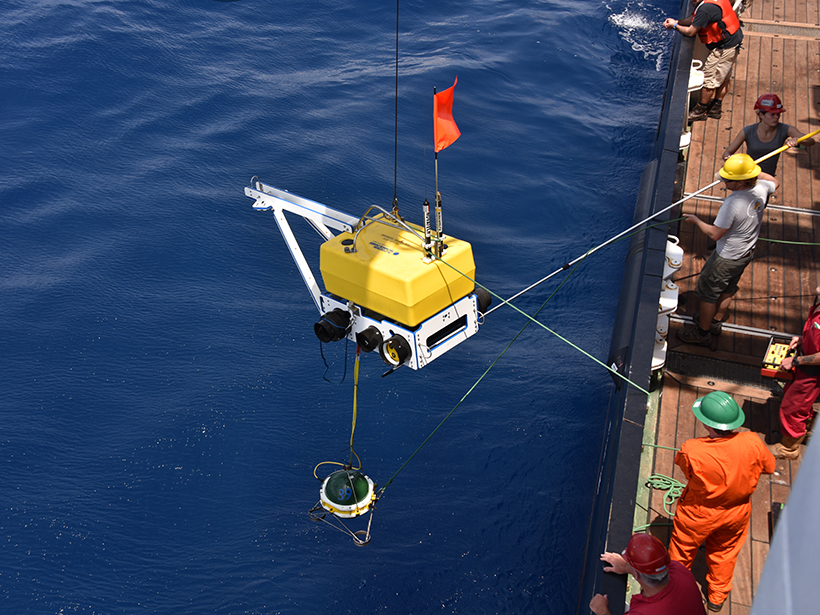Seismic waveform inversion is inherently non-linear. New objective functions based on optimal transport theory mitigate nonlinearity yielding stable solutions without need for accurate initial models.
seismology
Persiguiendo magma por la península de Reykjanes en Islandia
La Oficina Meteorológica de Islandia ha estado rastreando la agitación cerca de la erupción de Fagradalsfjall desde diciembre de 2019, mientras que investigadores en otros lugares exploran nuevos métodos para ver los enjambres sísmicos de Islandia.
Deploying a Submarine Seismic Observatory in the Furious Fifties
Our crew braved rough Southern Ocean seas, endured pandemic precautions, and adapted plans on the fly for the chance to observe a possible subduction zone in the making below the Macquarie Ridge.
Seafloor Seismometers Look for Clues to North Atlantic Volcanism
Did the mantle plume that fuels Iceland’s volcanoes today cause eruptions in Ireland and Great Britain long ago? A new project investigates, while also inspiring students and recording whale songs.
Chasing Magma Around Iceland’s Reykjanes Peninsula
The Icelandic Meteorological Office has been tracking unrest near erupting Fagradalsfjall since December 2019, while researchers elsewhere explore new methods to see Iceland’s seismic swarms.
Monitoring Seismic Vibrations During a Pandemic
Researchers in Spain monitored variations in seismic noise across Barcelona as the city locked down during the pandemic, clarifying the seismic band associated with human activity.
Slipping and Locking in Earth’s Earthquake Factories
Geodetic observations collected during back-to-back decadal research campaigns have revealed crucial new insights into the start–stop and slow-motion behavior of subduction zones.
A New Robust Estimator of Earthquake Magnitude Distribution
The b-value, which describes the fraction of large versus small earthquakes, is less sensitive to transient changes in detection threshold and may improve the detection of precursory changes.
Discerning Structure and Seismic Hazards in the Sikkim Himalayas
A dense seismic network in operation since 2019 will provide new insights into the tectonics of seismically active Himalayan regions.
A New Understanding of the Mid-Atlantic Ridge and Plate Tectonics
The first seismic data obtained directly from the Mid-Atlantic Ridge suggest that upwelling may contribute to seafloor spreading.


